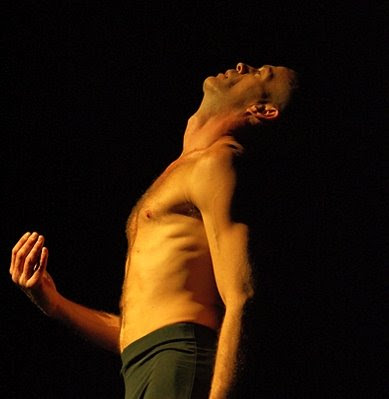 “Authentic Movement arose as a conjunction between Jung’s concept of active imagination and modern dance movement improvisation.
“Authentic Movement arose as a conjunction between Jung’s concept of active imagination and modern dance movement improvisation.
Developed by a number of practitioners (Whitehouse, Chodorow, Adler), the method is used for creative and integrative movement exploration in the contexts of dance movement therapy, meditation and contemporary dance movement improvisation… Movers improvise and explore spontaneous gestures and movements with their eyes closed, following inner impulses in the present moment. Some times called a movement meditation, Authentic Movement cultivates a contemplative frame of mind, clarity of perception and responsive movement and stillness of body and mind. The particular relationship between mover and witness, in moving and being seen by another, creates a non-judgemental and powerful framework within which this work takes place. Authentic Movement is practiced individually or in a group with an experienced teacher/witness. When more experienced movers are taught to become witnesses themselves, they continue working with this method in peer groups and diads.”
source: http://www.authenticmovement.org/
What I found challenging about Authentic Movement was sticking to the set method of feeding back after witnessing movement, though I also get there are safety issues here for people and a structure can help with this. For me it was also crucial to distinguish between observations (e.g. “your head moved up an d down”) and evaluations (e.g. “you bobbed like a duck”).
d down”) and evaluations (e.g. “you bobbed like a duck”).
The classes I attended were lead by Kay Lynn, an experienced Authentic Movement practitioner and Gestalt therapist. I really like the integral approach she used in the classes incorporating individual movement, social dance, discussion and art. Recomended.
I hope to incorporate elements of Authentic Movement into my Brighton Holistics class which I’ve suspected needed a depth psychology “shadow” element for some time.